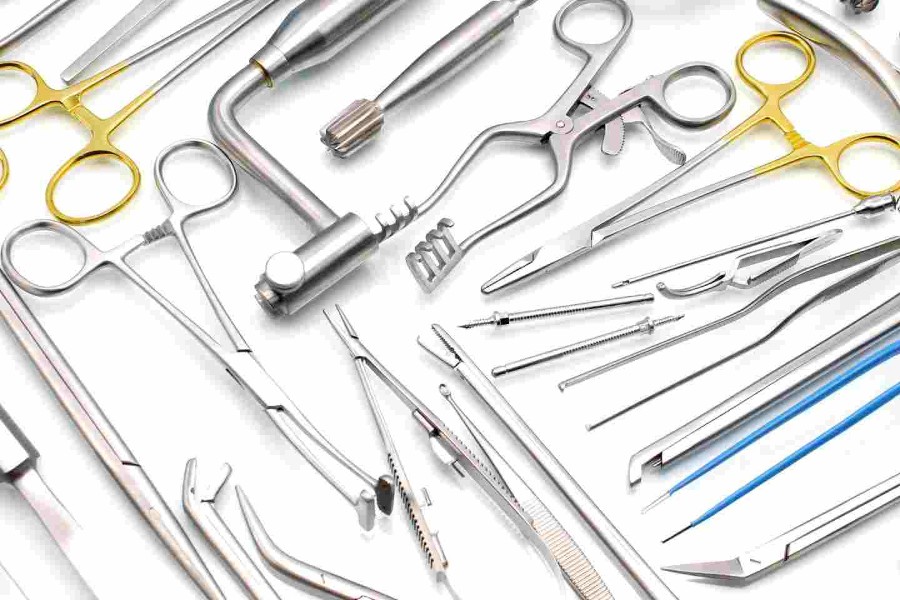
3D design in computer games is a complex and fascinating process that involves several main stages.
From the initial draft capturing the essence of the object to the creation of Low Poly and High Poly versions, artists must strike a balance between realism and efficient rendering for gaming platforms.
Design is an important part of computer games. After all, the more attractive the game, the more fans it has. For example, millions of fans have been playing World of Warcraft for 20 years. When the design of this game was revolutionary. Of course, a lot still depended on the fact that the game had an unforgettable and exciting storyline. But even today, players around the world play each new expansion, develop on their own or through hero boosting, buy WoW gold, and enjoy the universe of this game.
Therefore, in this article, we will talk about the stages of 3D design, since they are very important.
Draft
Let’s start from the very beginning of the model creation cycle. The draft is not so much the first stage as a preparation for future work. A draft to a 3D artist is the same as a sketch to an ordinary artist. The difference is – if the artist begins a drawing with rough strokes, then the draft is constructed from primitives (cubes, cylinders, rectangles) to catch the silhouette of the object, its dimensions, and proportions.
Sometimes, at the draft stage, the color scheme of the object can be worked out. And sometimes work at the draft stage ends. In such cases, a draft can be a self-contained piece, where the artist wants to bring a certain idea to fruition, but doesn’t want to mess around with all the other technical steps.
Low Poly & High Poly
These are, in fact, the second and third stages of creating a model, which is very difficult to consider separately. And they also explain why a 3D artist needs to create 2 models to create one (not counting the fact that there had already created a draft before). Surely many of you have heard such a thing as Low-Poly graphics. Most often it is applied to various indie games with simple angular graphics.
The fact is that almost all the highly detailed models that you meet in games are not real. Round smooth shapes on your blade, traces of shells on your tank, bolts on your robot, wrinkles on your character – none of this is on the model, this is a visual deception. It’s just that modern technologies (for the most part) are not capable of rendering such detailed objects in real-time. Therefore, the artist must create two versions of it: one that will look realistic and contain all the smallest details (High-Poly model) and a simplified version that the game can pull (Low-Poly model).
The difference in polygon count (which is how model detail is measured) between the two versions can be huge. A low-poly model can be thousands or a hundred thousand polygons, while its high-poly version can be millions.
Although it is the same model, just with different details. The fact that these two versions have to be the same size and perfectly overlap each other is one of the primary sources of difficulties for artists. And how the Low-Poly model is optimized for your platforms is another story. Watching the master manipulate the 3D mesh, getting rid of every extra polygon, can sometimes have a hypnotic effect.
UV unwrapping
This process is needed to render textures on models. The fact is that 3D programs have no idea what to do with 3D models in terms of textures. They do not understand how to work with the surfaces of a 3D object, given that textures are 2D pictures superimposed on top of the model.
The process of UV unwrapping is to cut and lay out your 3D model like cardboard into a 2D plane. It’s like assembling origami in reverse – spreading the figure into a blank sheet. As a result of these manipulations, the artists have a vast canvas in their hands, where each plane of each detail is straightened and laid out according to specific rules.
Bake
This is the technology that was invented during the filming of The Lord of the Rings. This procedure allows the artist to project the appearance of a highly detailed model onto an optimized one. It can be both beautiful rounded shapes and whole parts, for example, some kind of bolts. As already mentioned, this allows you to significantly reduce the number of polygons. It would seem, why is it necessary in the cinema? They already have supercomputers at their disposal and the ability to render one frame for several days, right? And if the frames need to be redone? If there is not one cave troll on the screen, but a whole army of orcs?
Textures
Modern technology allows you to create real miracles. For example, automatically create materials with physically correct values – you press one button and your object becomes golden, glitters, and shimmers like a real one. You press another button, and it is covered with scuffs at the corners. Such processes today can be brought almost to automatism. There are many top design programs for gaming. Also, people have learned to create automatic smart materials that can adapt to completely different objects, independently determining where it has corners that need to be rubbed, etc.
As you can already understand, creating game models is not the easiest thing. Even with modern capabilities like smart materials, building a single tank can take months, even with multiple people working on it. Despite advancements in technology, game design remains a complex art, requiring skill and dedication to bring virtual worlds to life with immersive and visually stunning experiences.
- Voices Of Change: Pro-Palestine Protests At Columbia University
- Lavine Statement On NYPD And Columbia University In Harlem
- Bridging Dreams And Reality: Rare Carat’s Captivating Engagement Rings
- City Commemorates May Day, Celebrates Strides In Worker Rights Protection
- Get Help First For Stress ImpactingLife; Open Door Family Medical Aids Mental Health
Become a Harlem Insider!
By submitting this form, you are consenting to receive marketing emails from: Harlem World Magazine, 2521 1/2 west 42nd street, Los Angeles, CA, 90008, https://www.harlemworldmagazine.com. You can revoke your consent to receive emails at any time by using the SafeUnsubscribe® link, found at the bottom of every email. Emails are serviced by Constant Contact







